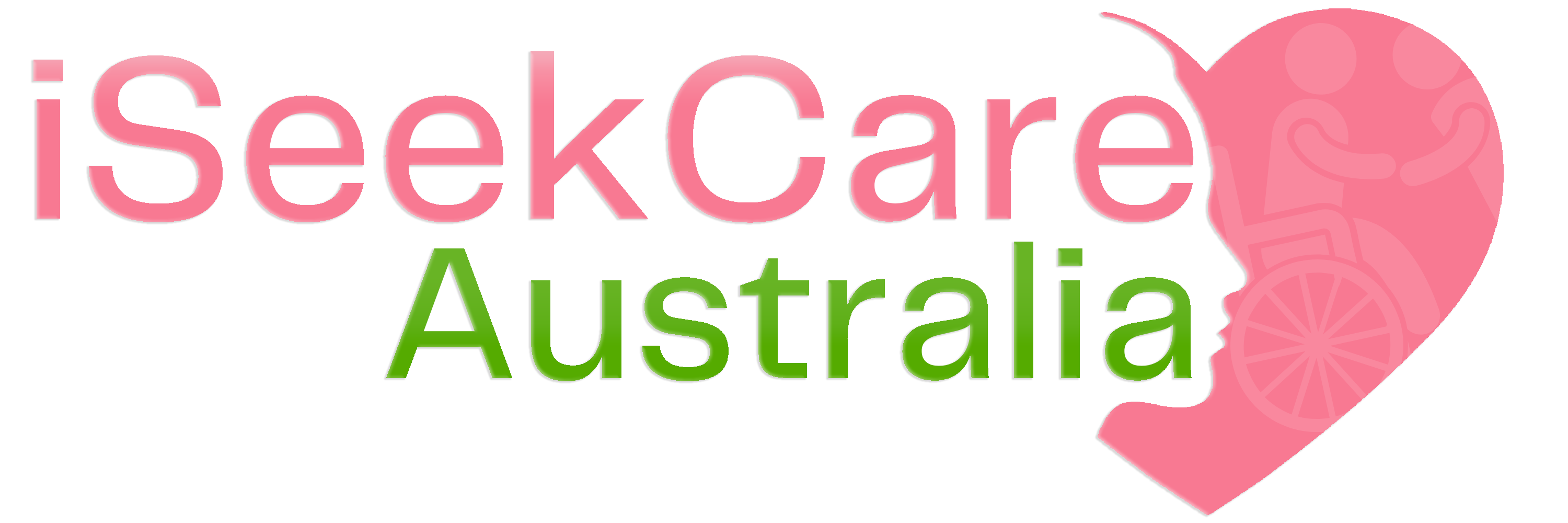Supporting Caregivers of Individuals with Dysphagia: Tips for Providing Safe and Nourishing Meals
Dysphagia, a difficulty in swallowing, is a common condition among the elderly and individuals with neurological disorders. This condition comes with certain risks, such as aspiration, malnutrition, and dehydration. As a caregiver for someone with swallowing difficulties, it is crucial to provide safe and nourishing meals to avoid complications. In this blog post, we will give you tips on how to support caregivers in providing safe and nourishing meals for individuals with dysphagia.

1. Understand the Dysphagia Diet
The first step in supporting caregivers of individuals with dysphagia is to understand the dysphagia diet. The diet is a set of guidelines that categorises food and drink into different texture levels that make it easy to swallow. There are three levels of texture modifications in dysphagia diets: pureed, soft, and regular. As a caregiver, understanding these levels can help you plan meals that are safe and nourishing for individuals in your care.
2. Plan Meals with Nutritional Balance in Mind
It’s important to remember that the dysphagia diet should not compromise the nutritional needs of individuals under your care. Caregivers should aim to provide varied meals that meet the dietary requirements of their clients. Lean proteins, vegetables, and fruits, are essential components in a balanced diet for individuals with swallowing difficulties.
3. Experiment with Various Seasonings and Flavours for Dysphagia Patients
Just because individuals under your care have difficulty swallowing doesn’t mean they need to eat bland, unappetizing meals. Caregivers are encouraged to experiment with various seasonings and flavors to improve the taste of pureed or soft food. For example, you can add lemon juice, garlic, ginger, herbs, and spices to pureed soups or stews.
4. Use Tools and Equipment to Aid Food Preparation
As a caregiver, you can use tools and equipment to aid food preparation and make the process smoother. For example, a blender can help in pureeing food to a safe consistency. Moreover, a utensil like a teaspoon can be used to measure the right food texture, which can help with consistency and prevent choking.
5. Get Professional Support for Dysphagia
Finally, it’s okay to ask for professional support. Caregivers can reach out to qualified professionals for advice on how to prepare safe and nourishing meals for individuals with dysphagia. Professionals like speech and language therapists can help train individuals under your care in swallowing exercises to improve the swallowing process.
Conclusion:
In conclusion, the task of providing safe and nourishing meals for individuals with dysphagia does not have to be complicated. Caregivers can support by understanding the dysphagia diet, planning meals with a nutritional balance in mind, experimenting with various seasonings and flavors, using tools and equipment to aid food preparation, and getting professional support. These tips can help caregivers develop easy and effective meal planning strategies that prioritize the safety and nutritional needs of individuals with dysphagia under their care.



